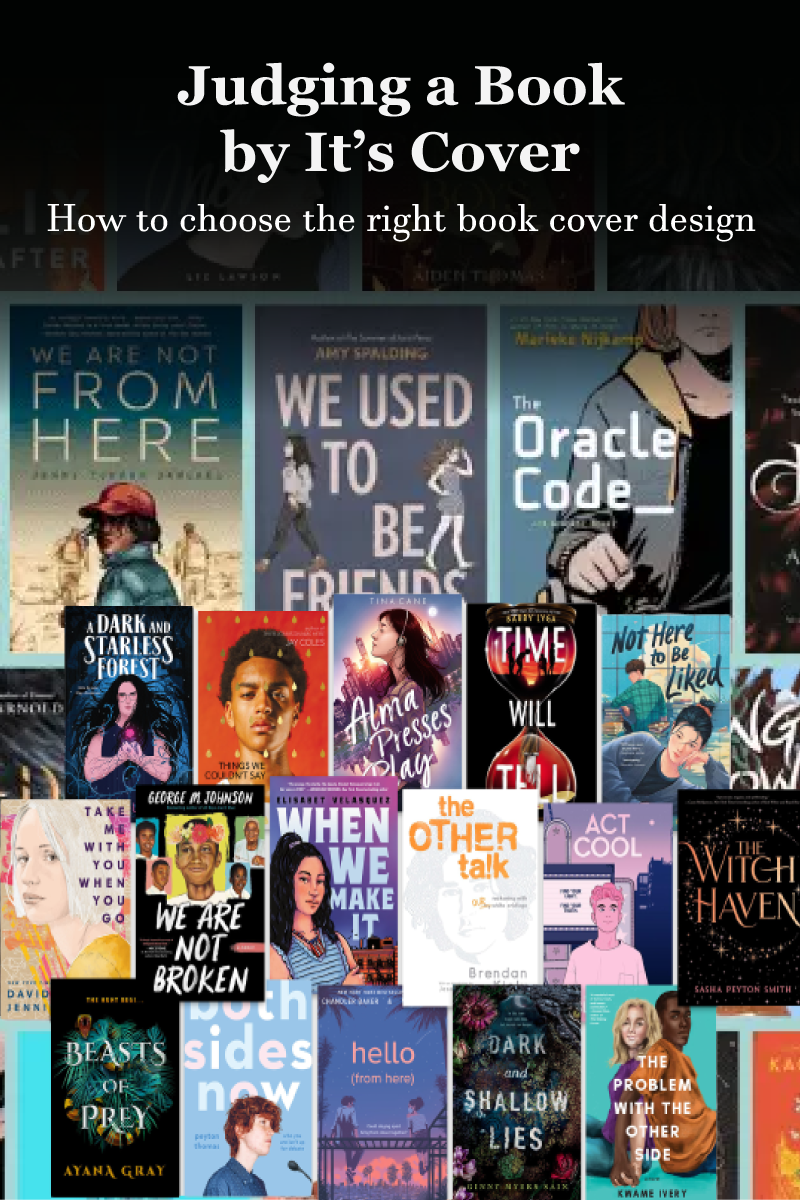Introduction:
Non-fiction books are written works that present factual information, real events, or true accounts. They cover a wide range of subjects, including history, science, biography, self-help, travel, and more. Non-fiction books are intended to inform, educate, or provide insight into real-world topics.
Origins and the Path to Modern Times:
The concept of non-fiction writing has a long history, dating back to ancient civilizations. One of the earliest known works of non-fiction is “The Art of War,” attributed to Sun Tzu, a Chinese military strategist and philosopher. This text, believed to have been written in the 5th century BC, offers insights into warfare and strategy. After that the advent of the printing press in the 15th century by Johannes Gutenberg revolutionized the dissemination of knowledge, allowing for the mass production of books, including non-fiction works. As literacy rates increased, non-fiction books became more accessible to a broader audience.
Some iconic non-fiction authors, such as Charles Darwin, Jane Goodall, and Stephen Hawking, have made significant contributions to the genre. Today, non-fiction books continue to play a crucial role in informing and engaging readers worldwide.
Viewing the Subject from a New Angle:
To make your non-fiction book stand out, it’s essential to offer a fresh and unique perspective on your chosen subject matter. This means digging deep to find ideas that others might have overlooked and going beyond cursory investigation. Your objective is to give readers something they haven’t encountered before, whether that be by carrying out original research to uncover new data, sharing personal experiences that provide a relatable human element to the topic, or putting out a creative viewpoint that challenges conventional thinking. A different viewpoint makes your book stand out in the large field of non-fiction writing by drawing the reader in and encouraging a closer relationship with the content.
Entrancing Readers through Compelling Storytelling:
Adding a gripping story to your nonfiction book is a great method to draw readers in and keep them interested. While non-fiction is grounded in facts and information, it doesn’t mean it has to be dry or purely academic. By employing storytelling techniques, you can transform your content into a narrative that reads more like a captivating journey than a mere compilation of facts. This entails organizing your work such that it has a distinct beginning, middle, and end—just like a conventional story. It involves offering likable characters—who might be actual people or even you—and enabling readers to identify with their feelings and experiences. The goal is to make your readers feel as if they are part of a compelling story, even as they are absorbing valuable information.
Building Credibility through Thorough Research:
Thorough research and the establishment of authority are fundamental cornerstones of making your non-fiction book stand out. In a world where readers value accuracy and reliability, it’s crucial to delve deeply into your chosen subject. This involves scouring reputable sources, conducting interviews, or even engaging in original research to ensure the factual accuracy of your content.
Authoritative Credibility through Citations:
Citing credible sources not only lends credibility to your work but also allows readers to trace your information back to its origins, fostering a sense of transparency and trust. By diligently backing your content with well-documented facts and reliable references, you position yourself as a trusted source of knowledge in your field. Enhancing your book’s impact and authority.
Intensify Clarity for effortless Comprehension:
Clarity and readability are paramount. Craft your writing in a manner that is straightforward, concise, and easily digestible for your readers. Steer clear of jargon and convoluted language that could distance or confuse your audience. Your goal is to ensure that your content is both approachable and readily comprehensible, allowing your readers to engage with your material without unnecessary obstacles.
Creating Emotional Ties with Your Audience:
Create an emotional connection with your audience. When it comes to non-fiction writing, emotional resonance is an effective technique. Reader engagement can be facilitated by emotions, whether they are used to pique curiosity, spark inspiration, or evoke empathy. Incorporate personal anecdotes and true stories into your writing to accomplish this. By providing a bridge that connects on a deeply human level, these narratives enable your readers to participate in the experiences and feelings that your non-fiction book reveals.
Reach Your Ideal Audience:
Pinpoint your niche audience and customize your marketing strategies to reach them with precision. It’s imperative to understand exactly who your book is meant for and to craft marketing campaigns that resonate with this specific readership. By doing so, you ensure that your message reaches those who will find it most relevant and valuable, enhancing the chances of your non-fiction book gaining the recognition and readership it deserves.
Sustain Your Interaction and Connection with Readers:
Your book’s journey doesn’t end with its launch; it’s just the beginning. Stay connected with your readers through social media, author websites, and live events. By cultivating a vibrant community of readers, you foster word-of-mouth recommendations and create a ripple effect of enthusiasm. This continuous engagement not only keeps your book alive in the minds of your audience but also opens the door to future book sales and an enduring relationship with your readers.
In the realm of non-fiction writing, the path to success is illuminated by several crucial factors. From offering a unique perspective and crafting compelling narratives to meticulous research, establishing authority, and building lasting reader connections, each element plays a vital role in ensuring your non-fiction book stands out in a crowded literary landscape. By adhering to these principles, you can not only engage your readers but also create a lasting impact through your written words. Remember, in the world of non-fiction, your expertise and storytelling prowess are the keys to unlocking the door to authorial achievement









